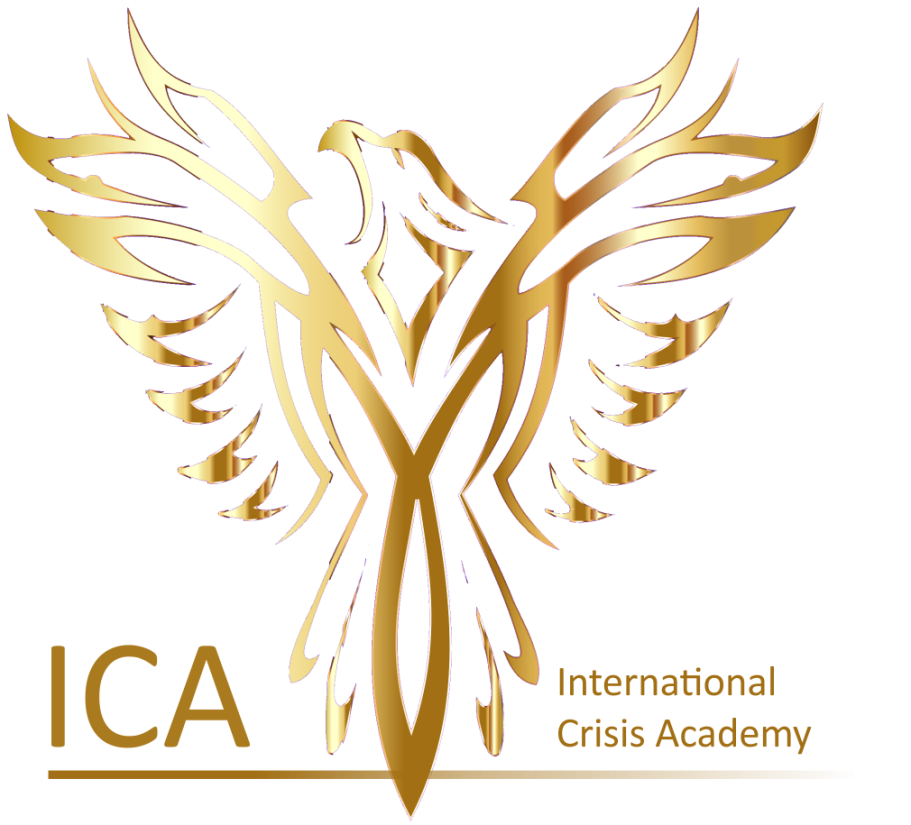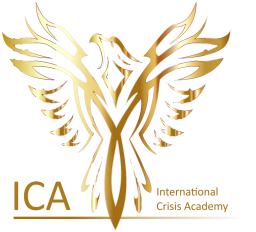
Establishing Training and Emergency Testing Organization
Duration:
Three Days
Language:
English, German
Date and Location:
Course can be arranged on any location and at any time
Training is paramount to meet all regulatory requirements including EASA Easy Access Rules for Aerodromes (EU) No 139/2014. It ensures staff proficiency in safety and compliance, pivotal to aerodrome operations. The training will firstly analyze the needs, operational nuances, and regulatory requirements.
During the next step it will be explained how to design a training organization that crafts programs precisely aligned with client's unique demands. The goal of these programs is to support the participants with the development and proper integration into daily operations, maximizing time efficiency by minimizing disruption of day-to-day activities. Introducing leveraging flexible learning methods and digital platforms to optimize the time invested in training wherever possible, ensuring a synergistic blend of education and operation. Combining training and proficiency checks with tabletop and partial exercises will ensure the balance between enhancing staff capabilities and maintaining uninterrupted aerodrome operations. Documentation of training activities is scrupulously maintained, providing a clear audit trail for regulatory compliance.
What will the participant learn?
1. Regulatory Compliance: Training program will cover all relevant aspects of related laws and standards. This includes, but is not limited to, operational procedures, aerodrome design, equipment maintenance, and emergency planning.
2. Role-Specific Training: Different personnel at the aerodrome will require different levels of training based on their roles and responsibilities. The training will provide participants with the knowledge on how to tailor training programs, to ensure that each employee receives the instruction necessary for their position. They will learn to identify the necessary number of instructors and trainers.
3. Continuous Learning: The aviation industry is dynamic, with regulations and best practices continually evolving. The training will define training programs, which include a framework for ongoing education and refresher courses, to keep staff updated on the latest changes.
4. Competency-Based Approach: The training will point out how to align the competencies required to perform job functions effectively, rather than merely covering the theoretical aspects. Practical exercises and assessments are essential components of a comprehensive training program.
5. Documentation and Records: During the training, the participant will learn how to establish proper records of all training activities, which must be maintained to provide evidence of compliance with regulatory requirements. This documentation needs to provide details of the training. content, attendance, assessment results, and qualifications of trainers.
6. Quality Assurance: The effectiveness of training programs should be regularly reviewed and audited to ensure they meet the expected standards and achieve the desired outcomes.
Who should attend?
This course is beneficial to employees of all levels:
· Human Resources
· Safety and Security
· Emergency Management
· All units involved providing training
· Civil Aviation Authorities
Copywrite ©International Crisis Academy 2025
Responsible: Thomas Uihlein, Managing Director
Tax Information ID: DE366390697
All Rights Reserved
Wir benötigen Ihre Zustimmung zum Laden der Übersetzungen
Wir nutzen einen Drittanbieter-Service, um den Inhalt der Website zu übersetzen, der möglicherweise Daten über Ihre Aktivitäten sammelt. Bitte überprüfen Sie die Details in der Datenschutzerklärung und akzeptieren Sie den Dienst, um die Übersetzungen zu sehen.

